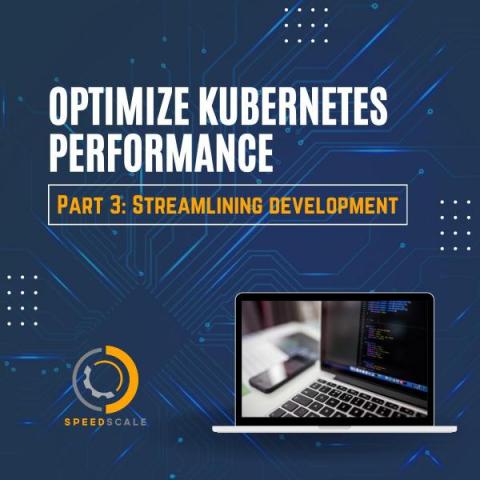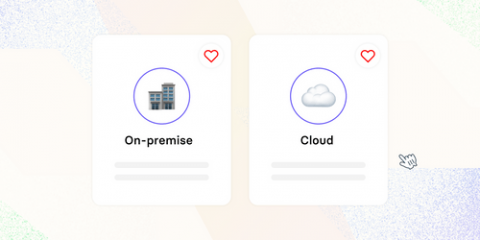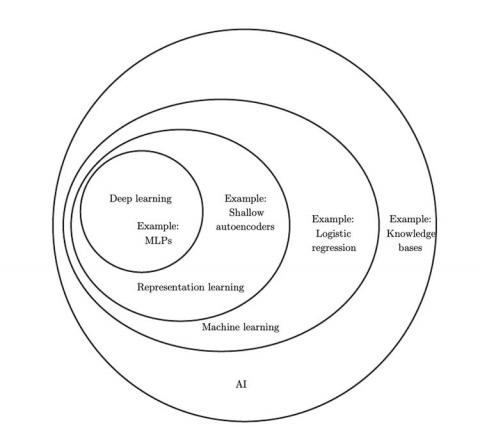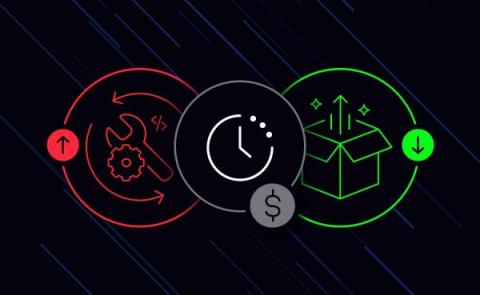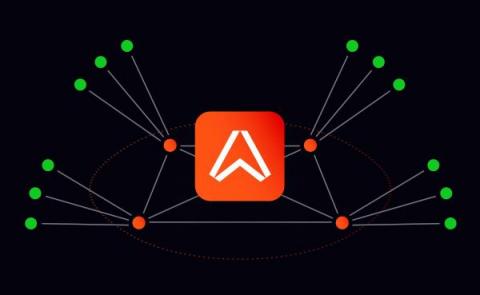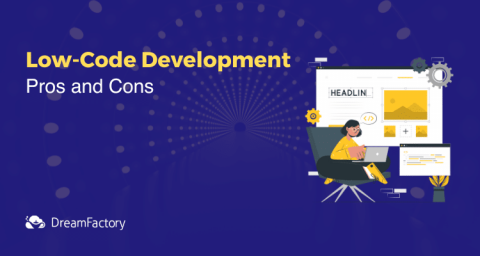Systems | Development | Analytics | API | Testing
Latest Posts
How to Complete a Bottleneck Analysis in 5 Steps
Budget cuts. This dreaded term has become all too familiar in the modern economic climate. Whether cutting software spend, head count, and professional services, or optimizing supply chain, productivity, and organizational overhead, companies across the globe are trying to reduce inefficiency and waste. The savvy leader will agree that objective, data-driven decisions are the most likely to achieve desired business impact.
Optimize Kubernetes Performance Part 3: Streamlining Development
On-premise vs. Cloud: Finding the Best Solution for your Product
When thinking about a product analytics solution, an essential component of the process lies in deciding between two types of data storage: cloud or on-premise. Each has its advantages and disadvantages depending on a number of factors, such as the stage or size of a business, budget, etc. Before we can tackle these variables, we should understand what each option entails.
What Is Deep Learning? A Guide to Deep Learning Use Cases, Applications, and Benefits
Deep learning has become a buzzword in the field of artificial intelligence (AI) in recent years. It has achieved impressive results in a variety of tasks, including image and speech recognition, natural language processing, and even playing games.
Building realtime experiences: How to reduce the cost
Realtime is now a core user expectation. Whether you’re enabling online communities through realtime chat or creating shared workspaces for remote collaboration, a near instantaneous flow of data forms the backbone of modern software engineering. As such, most organizations have already had a discussion around whether to buy realtime infrastructure or to build it in-house.
Under the Hood of Ecto
Ecto is a toolkit for mapping database objects to Elixir structs and provides a unified interface to manipulate that data. In this post, we will dive into the internals of Ecto — its major components, their functions, and how they work. In doing so, we'll demystify some of the apparent magic behind Ecto. Let's get going!
CRDTs are simpler and more common than you think
CRDTs can sometimes be talked about as complex data structures that you use with CRDT libraries. And they can be that, but they don't have to be. Some of the natural solutions that any software engineer might come up to solve a problem in a distributed system are CRDTs, even though the implementer might not know or care that they are. It can be useful to identify label them as such.
Pros and Cons of Low-Code Development
The Ultimate Guide to Fix "This Site Can't Be Reached" Error
Are you a casual internet user or a tech-savvy professional? Have you ever been anxious to visit a website and clicked on a link only to be greeted by a blank page and the warning "This site cannot be reached"? Isn’t that so frustrating? When attempting to access a website, the dreaded "This site can't be reached" error can be an annoying and intimidating obstacle. This type of error can occur for a variety of reasons, ranging from a technical issue to an incorrect URL.




